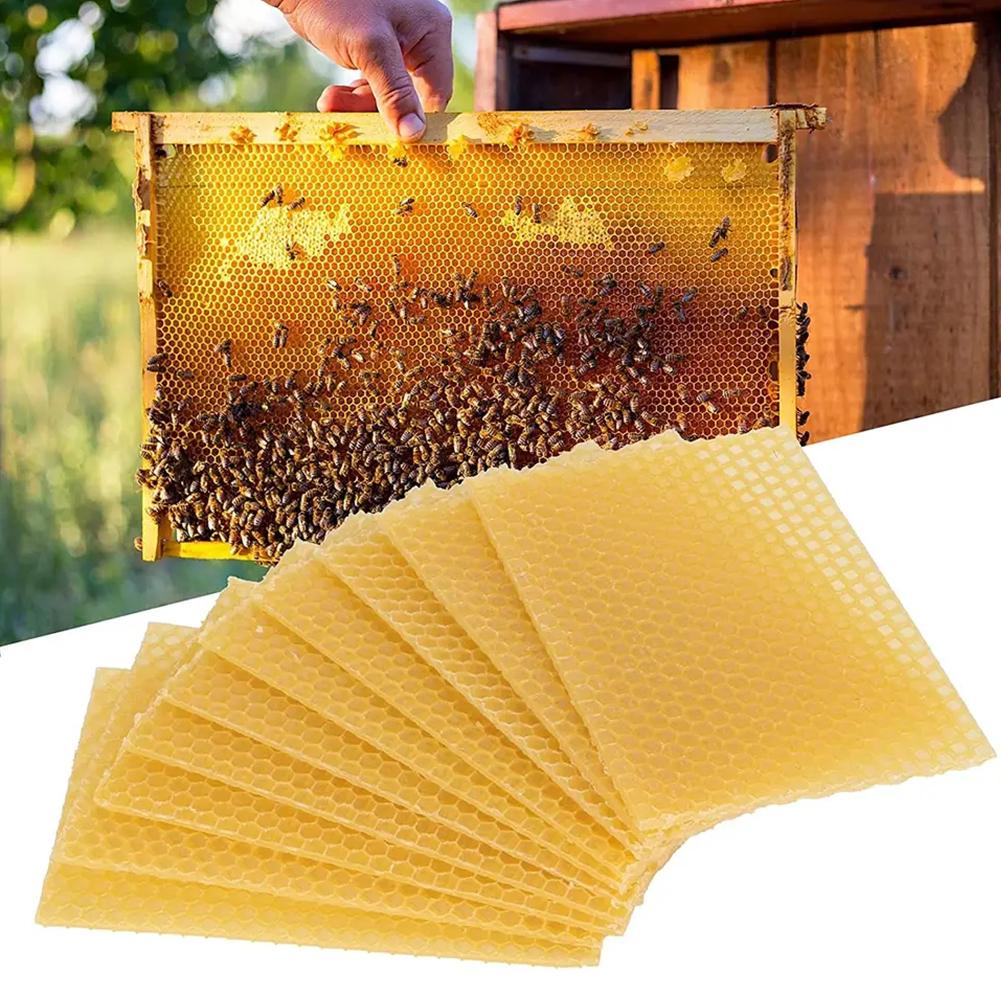Introduction: The Intricate Artistry of Beeswax
Beeswax is a remarkable substance produced by honeybees through a complex process of biological craftsmanship. It serves as the building material for honeycomb cells and has been utilized by humans for millennia in various applications, from candle-making to skincare products. In this exploration, we delve into the fascinating world of beeswax production, unraveling the intricate process by which bees create this natural marvel.
The Beehive: A Hive of Activity
At the heart of every beehive lies a bustling community of bees working tirelessly to maintain the colony’s integrity and productivity. Worker bees, the female members of the colony, play a central role in beeswax production. They possess specialized glands on the underside of their abdomen, known as wax glands, which secrete small flakes of wax.
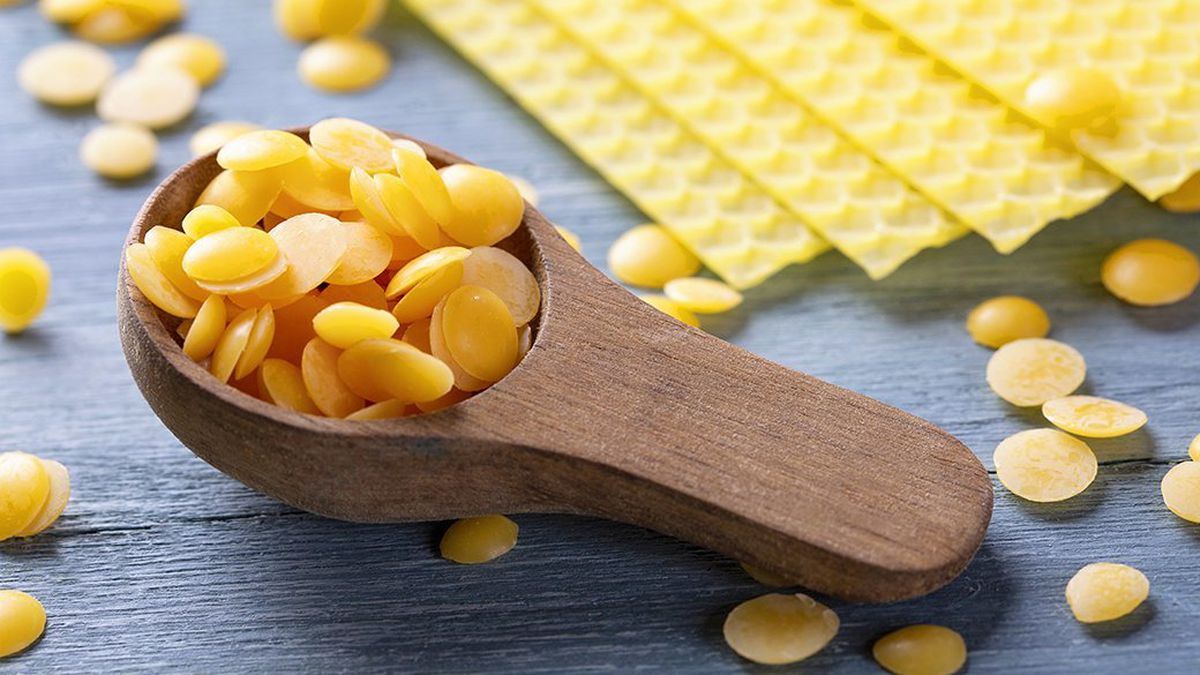
Secretion and Sculpting: Transforming Wax Flakes into Honeycomb
The process of beeswax production begins when worker bees consume honey and pollen, stimulating the production of wax by their wax glands. These glands secrete tiny wax flakes that emerge as thin scales on the bees’ abdomen. The worker bees then collect these wax flakes with their mandibles and manipulate them using their legs and mouthparts.
Architectural Precision: Building the Honeycomb Structure
With remarkable precision and coordination, worker bees mold the wax flakes into the hexagonal cells that comprise the honeycomb structure. This architectural design maximizes storage space while minimizing the amount of wax required, reflecting the ingenious efficiency of nature’s craftsmanship. Each cell is meticulously constructed to house developing bee larvae, store honey, or provide space for pollen storage.
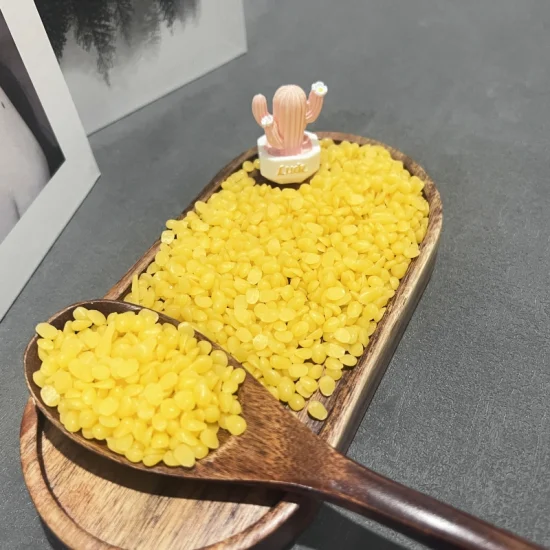
Thermal Regulation: Maintaining Hive Temperature
Beeswax also plays a crucial role in regulating the temperature within the hive. As bees fan their wings to circulate air throughout the hive, the wax comb acts as a natural insulator, helping to maintain a consistent temperature conducive to the colony’s survival. This thermoregulatory function is essential for protecting developing brood and preserving the integrity of stored honey and pollen.
Harvesting and Utilization: Harnessing the Power of Beeswax
Humans have long recognized the value of beeswax and have utilized it for a wide range of purposes throughout history. From ancient civilizations using beeswax for sealing documents and crafting intricate artworks to modern-day applications in candle-making, cosmetics, and pharmaceuticals, beeswax remains a versatile and highly prized natural resource.
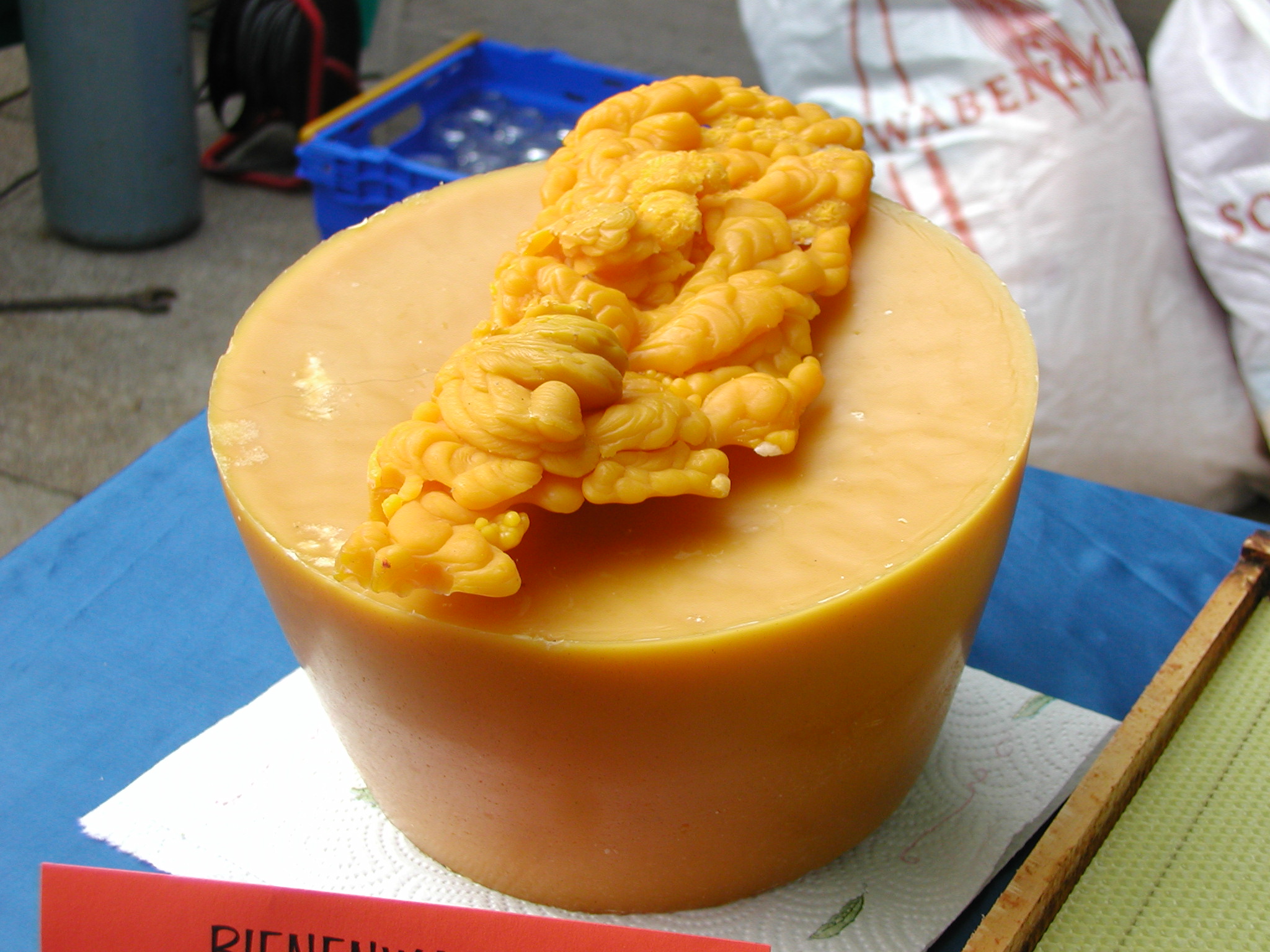
Candle-Making: Illuminating the Beauty of Beeswax
One of the most iconic uses of beeswax is in candle-making, where its clean-burning properties and natural fragrance make it a preferred choice for artisans and enthusiasts alike. Beeswax candles emit a warm, golden glow and a subtle honey scent, creating a cozy ambiance reminiscent of nature’s embrace. Additionally, beeswax candles burn longer and produce less soot than traditional paraffin candles, making them both environmentally friendly and aesthetically pleasing.
Skincare and Cosmetics: Nourishing Properties of Beeswax
In skincare and cosmetics, beeswax serves as a natural emollient and thickening agent, imparting moisture-locking properties and a smooth texture to lotions, creams, lip balms, and salves. Its antioxidant-rich composition helps protect the skin from environmental stressors while promoting hydration and softness. Whether used in lip care products, moisturizers, or natural cosmetics, beeswax offers a gentle and nourishing solution for healthy, radiant skin.
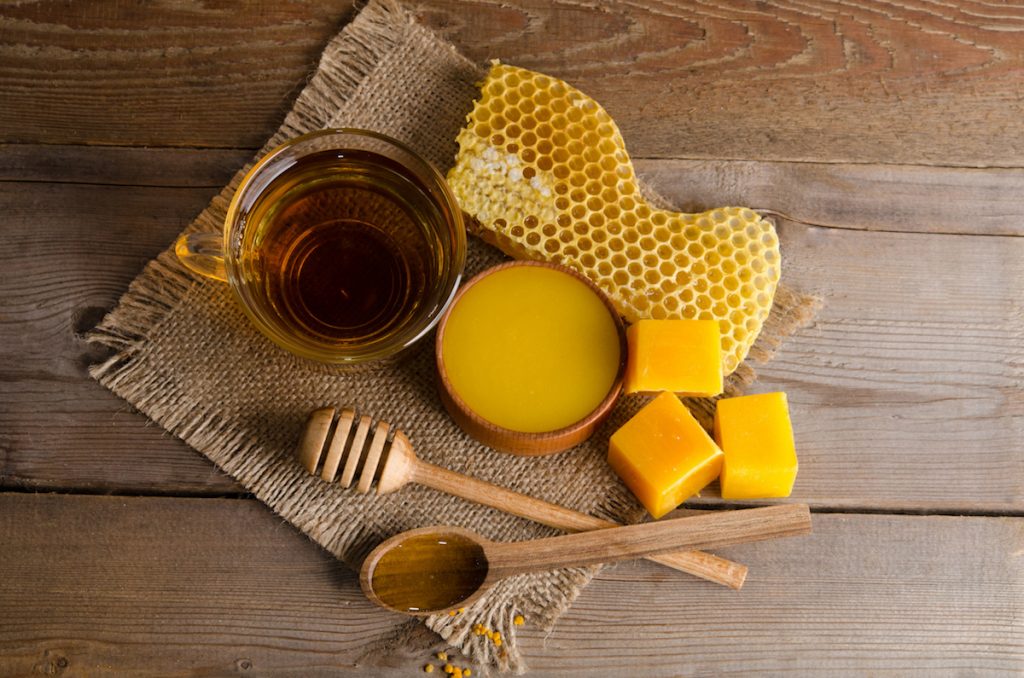
Preservation of Heritage: Sustaining Beekeeping Traditions
The art of beekeeping, or apiculture, has been practiced for thousands of years, with beekeepers tending to hives and harvesting honey and beeswax using techniques passed down through generations. Today, beekeeping remains not only a livelihood for many but also a cherished tradition deeply rooted in culture and heritage. By supporting sustainable beekeeping practices and preserving beekeeping traditions, we can ensure the continued vitality of bee populations and the ecosystems they support.
Environmental Impact: Fostering Biodiversity and Ecosystem Health
Beyond their role in honey and beeswax production, bees play a critical role in pollinating flowering plants, thereby sustaining biodiversity and ecosystem health. As they forage for nectar and pollen, bees facilitate the reproduction of countless plant species, including many that are vital for human food production. By safeguarding bee populations and their habitats, we can protect the intricate web of life that sustains our planet.
Educational Opportunities: Inspiring Curiosity and Conservation
The mesmerizing world of bees offers endless opportunities for education and exploration, inspiring curiosity and fostering a deeper appreciation for the natural world. Through beekeeping workshops, educational programs, and interactive exhibits, individuals of all ages can learn about the vital role of bees in ecosystems and the importance of conservation efforts to protect these essential pollinators. By raising awareness and instilling a sense of stewardship, we empower future generations to take action in safeguarding bee populations and preserving biodiversity.
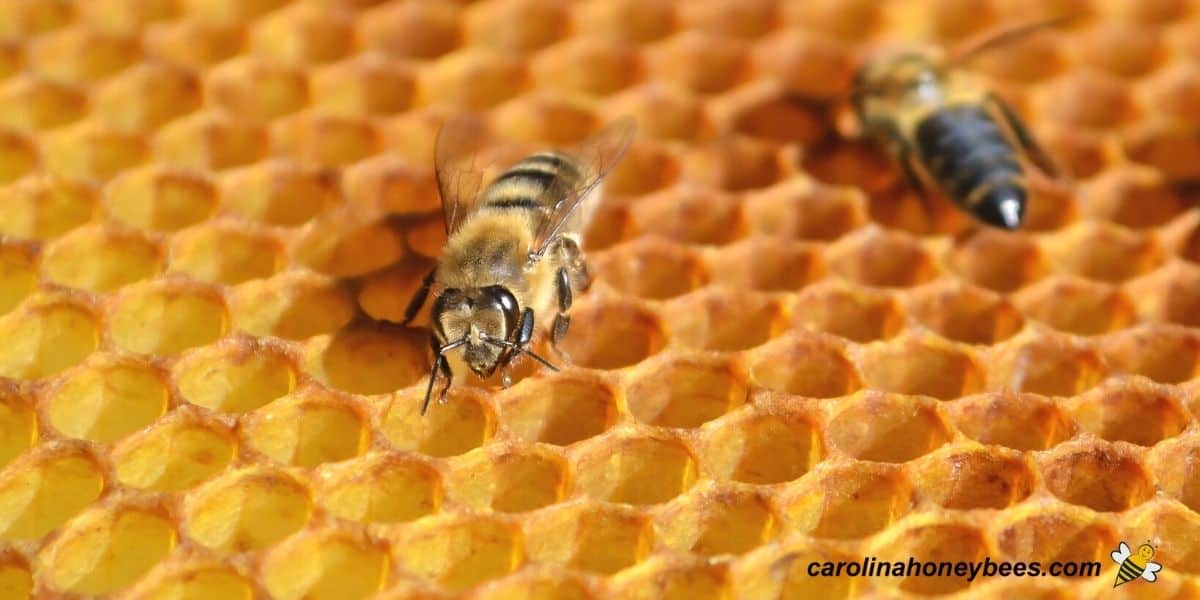
Global Collaboration: Uniting Efforts for Bee Conservation
Addressing the challenges facing bee populations requires a collaborative effort on a global scale. Governments, conservation organizations, beekeepers, scientists, and concerned citizens must work together to implement policies and practices that support bee health and habitat preservation. Initiatives such as pollinator-friendly habitat restoration, pesticide reduction strategies, and public awareness campaigns can contribute to the conservation of bees and other pollinators worldwide.
Economic Contributions: Supporting Livelihoods and Agricultural Economies
Beyond their ecological significance, bees and their products contribute significantly to the global economy. Honey, beeswax, and other hive products generate income for beekeepers and support agricultural economies around the world. In regions where beekeeping is a traditional practice, such as parts of Europe, Asia, and Africa, beekeeping provides vital livelihoods for rural communities. Additionally, the pollination services provided by bees are estimated to contribute billions of dollars annually to the agricultural sector by enhancing crop yields and quality. By recognizing the economic value of bees and supporting beekeeping enterprises, we can empower communities, strengthen food security, and promote sustainable development.
Conclusion: Honoring the Artistry of Bees
The production of beeswax is a testament to the ingenuity and craftsmanship of honeybees, whose intricate abilities have captivated and inspired humans for centuries. From the construction of honeycomb cells to the myriad applications in human endeavors, beeswax embodies the harmonious relationship between nature and humanity. As we continue to marvel at the beauty and utility of beeswax, let us also strive to honor and protect the invaluable contributions of these remarkable pollinators to our world.





